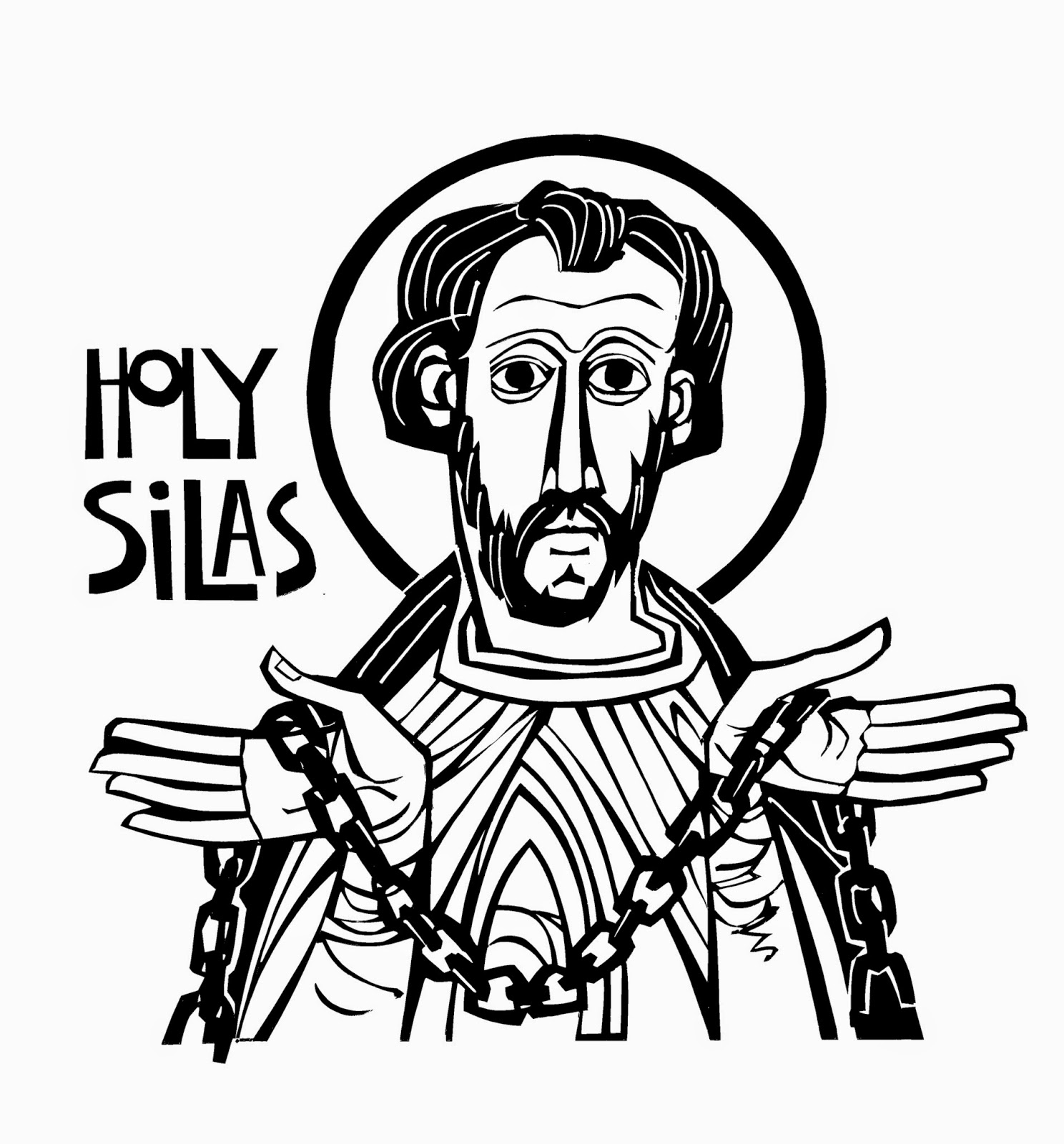Caring for the Weeds

Included in a collection of essays entitled A Maryknoll Reflection on the Liturgical Year is this story from Father Ken Tesing, a Maryknoll priest who spent decades serving in East Africa: I came back to the United States from my mission in Tanzania, and I was visiting my brother and his family at their farm. As farmers always do, we went out to look at the fields and crops. My brother asked me, “Look, do you recognize those weeds?” I replied, “No, I don’t think I have ever seen them before; how did they get into your fields?” He said, “Some years ago herbicides were developed; the weeds and grasses we struggled with in the crops when we were just growing up have all been eliminated. All these seeds were just lying dormant in the ground; they could not compete earlier with the dominant weeds and now they have sprouted and come forth.” We talked about this. My brother said farming is like life; there will always be challenges, always be differences. We need to be patient and t...



